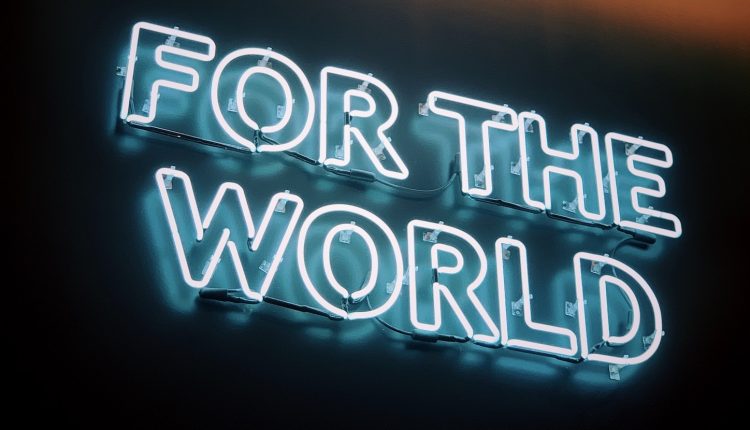Can Blockchain and Web3 technologies help to create a more environmentally friendly world?

The gap between the real world and the virtual narrows every day. Could tomorrow’s digital spaces help us kick our real-world consumerism?
A recent post from weforum has shone a light on how Web3 internet design and the blockchain could – in a contrary move to commonly held preconceptions – help create a more sustainable world.
Emerging ideas and technologies have already begun to shape the way in which we create and consume and in a time when people are increasingly conscious of climate change, these evolving markets may have a wider impact in the future.
One of the areas covered is the world of NFTs and in particular how they are reshaping the world of art. NFT technology has the potential to improve market efficiency as artists can engage directly with their market and expand their reach, it also grants authenticity and ownership to buyers.
The NFT market is still very much an emerging one and a large part of the issue for digital art is based on the back of blockchain technology and how it can negatively impact the environment. These huge digital ledgers require massive quantities of computer power which contribute to our carbon emissions. But changes are afoot.
Big blockchain changes
Ethereum, the second largest cryptocurrency after Bitcoin has already helped to pave the way for a more eco-friendly crypto future. Ethereum used to operate on a Proof of Work algorithm but switched to Proof of Stake which radically changes how blockchain works and eliminates much of the issue surrounding the carbon emissions emitted by blockchain technology.
The switch (commonly known as ‘The Merge’ which happened this September) aligns Ethereum with other more eco-friendly currencies and creates a substantial difference in how much pollution is created. According to the Ethereum Foundation the cut to the network’s energy usage would make it 99.5% less polluting. These more sustainable solutions could help those who are more eco-friendly engage in crypto platforms in the future.
How Web3 can lead to a more healthy form of consumerism
Consumerism – in its many forms – is playing a massive part in our problem with pollution, as people, we buy more than we ever have which leads to the exhaustion of our natural resources. One area in which this is prominent is the world of fashion – or ‘fast fashion’ which relies on cheap, rapid, and large-scale production of clothing. Research has found that the average person only wears 20% of their clothes and in most cases, at least 50% of a person’s wardrobe is left untouched.
The solution is in digital fashion. Designer Regina Turbina aimed to tackle this issue with the creation of a Web3 fashion marketplace for the metaverse. The Replicant marketplace allows a user to browse a digital fashion store and pick out a new outfit – the outfit is then applied to a photo of yourself and 48 hours later you receive the brand-new digital outfit.
Altering our consumption to be more digital-based could ensure we keep economic growth – as sales are still being made – but also enable us to consume in a more eco-friendly way. Remember Ernest Cline’s Ready Player One? Could a future that resembles the fictional world of the book be closer to reality than we think? Instead of partaking in overconsumption in the ‘real world’ we could feed the habit in a virtual one by indulging our needs via our avatars. This logic could be applied way beyond fashion too. Want a second car? You can have as many as you like in a virtual world, all guilt-free without a carbon footprint concern.
To conclude, the weforum post highlights that “Web3 and NFTs can reshape our symbiosis between the physical and digital realms to optimise our polluting consumption economy while improving end users’ ownership over their digital assets.” It’s an interesting concept and – almost as a biproduct of increased metaverse use and the sales of virtual goods within them – will inevitably cut down on real-world manufacturing, and waste.
The lines between our digital and physical consumption already overlap but as areas of blockchain attempt to become more eco-friendly and NFTs strive to find their place in the world, it seems a digital future could prove to be the physical world’s friend.
